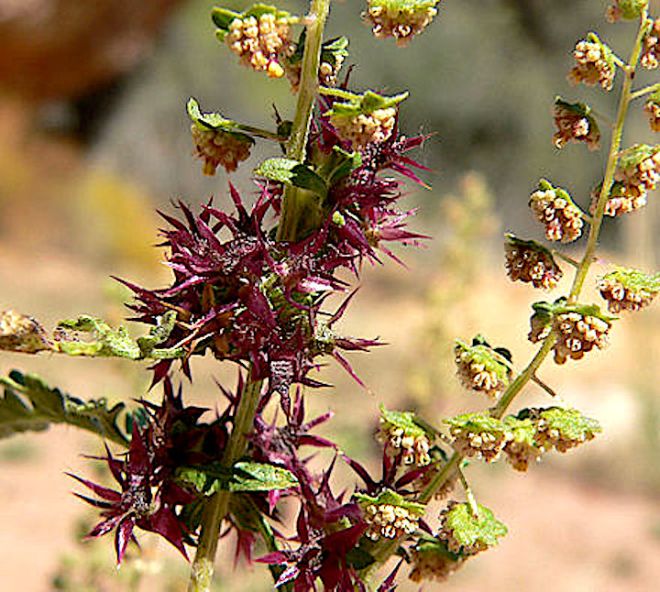Photo credit: Google
Ambrosia cordifolia – Tucson Bur Ragweed, Tucson Burr-Ragweed, Sonoran Bursage

Amphistomy as an adaptation to high light-intensity in Ambrosia cordifolia (Compositae)
by Mott K. A., Michaelson O. (1991)
in Amer. J. Bot. 78: 76-79 –
https://www.jstor.org/stable/2445230?seq=1#page_scan_tab_contents
Abstract
Adaptation to high light intensity in Ambrosia cordifolia (Compositae) involved an increase in leaf thickness, photosynthetic capacity, and maximum stomatal conductance.
In addition, leaves produced at high light intensities were amphistomatous, but those produced at low light intensities were hypostomatous.
Although stomatal density on the upper surface was increased with increasing light intensity, the total stomatal density (upper + lower surfaces) was not substantially affected by light intensity because the density of stomata on the lower surface was reduced at high light intensities.
The possible value of amphistomy in reducing diffusional limitations to photosynthesis in thick, high photosynthetic-capacity leaves is discussed.
